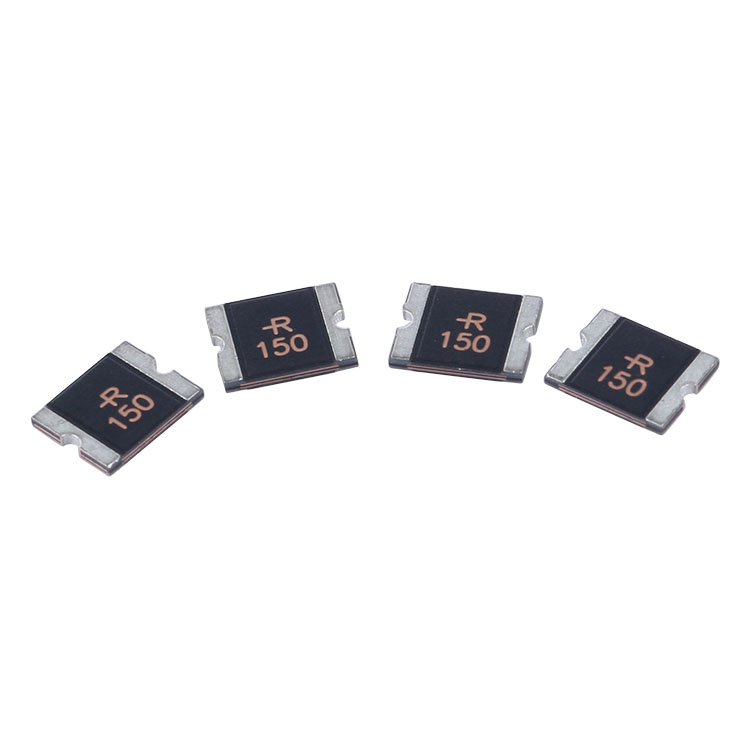Applications of PTC Resettable Fuses
2024-05-31
A PTC (Positive Temperature Coefficient) resettable fuse, also known as a polyswitch or polyfuse, is a type of overcurrent protection device that automatically resets itself after the fault condition is cleared. It is used to protect electronic circuits from excessive current and potential damage.
Characteristics
1. Self-Resetting: Unlike traditional fuses, PTC fuses reset themselves after the overcurrent condition is removed and the device cools down.
2. Positive Temperature Coefficient: The resistance of the PTC material increases as the temperature rises, which limits the current flow and protects the circuit.
3. Polymer Composition: Typically made from a polymer material embedded with conductive particles. When heated, the polymer expands, reducing conductivity and increasing resistance.
Operation
1. Normal Operation: Under normal current conditions, the PTC fuse has low resistance, allowing current to pass through with minimal voltage drop.
2. Overcurrent Condition: When the current exceeds the specified threshold, the PTC material heats up due to increased power dissipation.
3. Trip State: The increase in temperature causes the resistance to rise sharply, limiting the current flow to a very low value (essentially cutting off the circuit).
4. Reset: Once the fault condition is removed, the device cools down, the polymer contracts, and the resistance returns to its low state, allowing normal current flow again.
Applications
1. Consumer Electronics: Used in devices such as computers, televisions, and smartphones to protect against overcurrent conditions.
2. Automotive: Protects wiring and electronic components in vehicles.
3. Industrial Equipment: Ensures safety in machinery and control systems.
4. Telecommunications: Protects network equipment and infrastructure from surges and overcurrent.
Advantages
1. Automatic Reset: Eliminates the need to replace the fuse after a fault condition, reducing maintenance and downtime.
2. Cost-Effective: Provides a reusable solution for circuit protection.
3. Wide Range of Sizes and Ratings: Available in various form factors and current/voltage ratings to suit different applications.
Considerations
1. Response Time: PTC fuses may have a slower response time compared to traditional fuses, which might not be suitable for all applications.
2. Voltage and Current Ratings: Ensure the PTC fuse selected matches the specific requirements of the circuit.
3. Environmental Factors: Temperature and humidity can affect the performance of PTC fuses.
Installation Tips
1. Placement: Install the PTC fuse in a location that allows it to respond quickly to overcurrent conditions.
2. Heat Dissipation: Ensure proper ventilation or heat sinking to allow the device to cool down and reset effectively.
3. Testing: Regularly test the PTC fuse in the circuit to ensure it functions correctly and provides the necessary protection.
Typical Specifications
1. Hold Current (Ih): The maximum current the PTC fuse can carry indefinitely without tripping.
2. Trip Current (It): The minimum current at which the PTC fuse will trip within a specified time.
3. Voltage Rating: The maximum voltage the PTC fuse can handle.
4. Resistance: The resistance of the PTC fuse in its normal (untripped) state.
Conclusion
PTC resettable fuses provide a reliable and maintenance-free solution for protecting electronic circuits from overcurrent conditions. Their ability to automatically reset makes them an attractive option in various applications, ensuring continuous protection and reducing the need for manual intervention.



